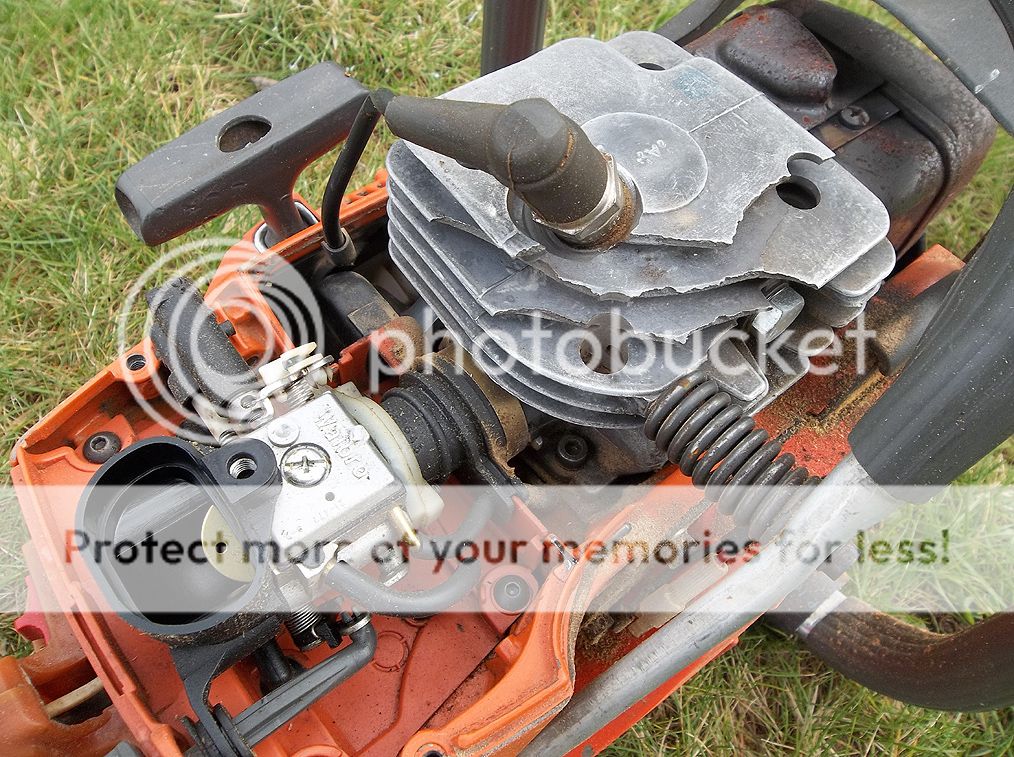Dyno's measure power at ALL operating RPM's. You have not seen a dyno chart and you are partaking in a dyno conversation? Have you ever see an engine do a dyno run with the computer read out?
Do you cut in the exact same part of wood before and after? Same exact conditions? Same exact chain, or same sharpness? If you didn't, but you said they did, would we be able to tell the difference? Like I said - the same also applies to the dyno. It's all up to the user and operator. Both are useful. Both can lie. But, unlike cutting wood, the dyno can put a measurable load on the saw. You seem to be confused by the fact a dynamometer can place a varying load on a saw. It tells you exactly how the saw can handle what load and what RPM, is repeatable, and recordable. Testing a saw in wood, while certainly a good idea, doesn't give you the same exact sort of data. Both are highly useful. What the dyno does is it records data without variables that could make such a record difficult when cutting. It is not LESS information, it is additional information. I don't think any one is arguing using the dyno in lieu of using wood. Just as dyno charts and lap times go hand in hand in F1, testing in the real world and comparing it to the dyno are done in about every other aspect of engine making, including saws. This is how you learn what to look out for on the dyno.
If they are constant - why bother porting? But, seriously, they aren't constant. Nothing is the same. Ever. Not even in the dyno. Done right, the Dyno is as close to reliable for stats as one can be. There is a reason everyone, including stihl and husqvarna, ford, chevy, etc use one to develop and test their engines(in order to post HP numbers, Stihl and Husky have to dyno their saws). Cars drive on the road, saws cut wood, they both use engines, they are all dyno tested at the factory and during development. Again, there is no need to invent the wheel. This is how engineers have been working for the better part of a century, likely for several decades in saw production, and it is why we have had such great engines. You are fighting something that already exists. The dyno is what gave you the saw in your hand. And, like it or lump, some great chainsaw porters use dynos.





